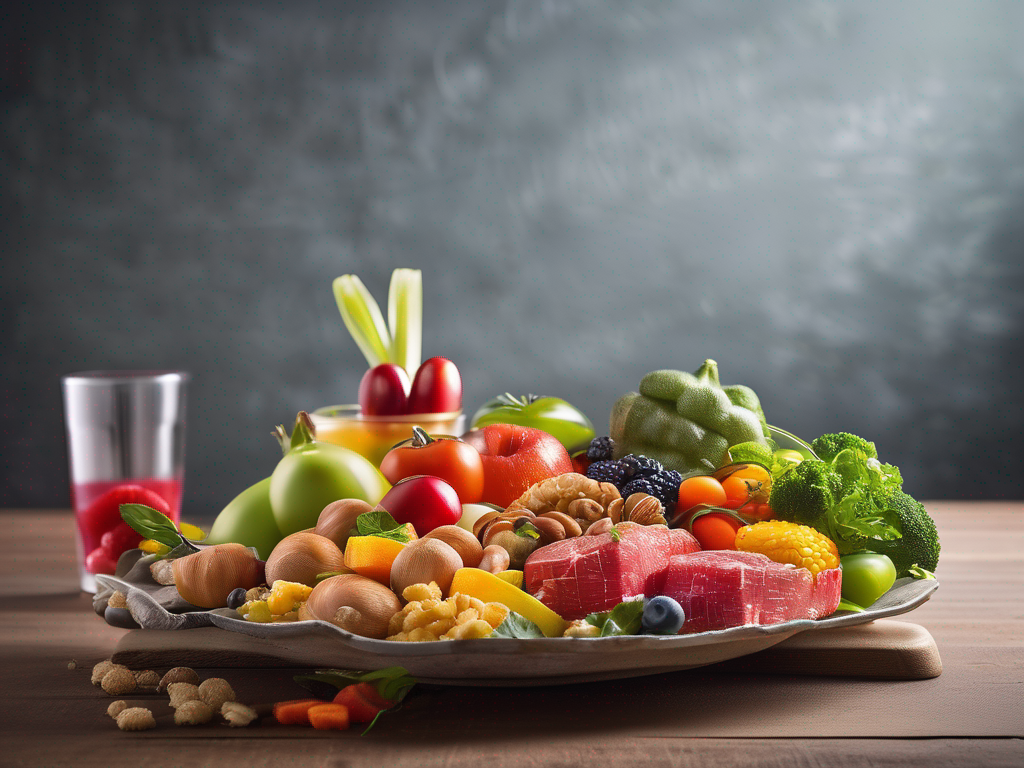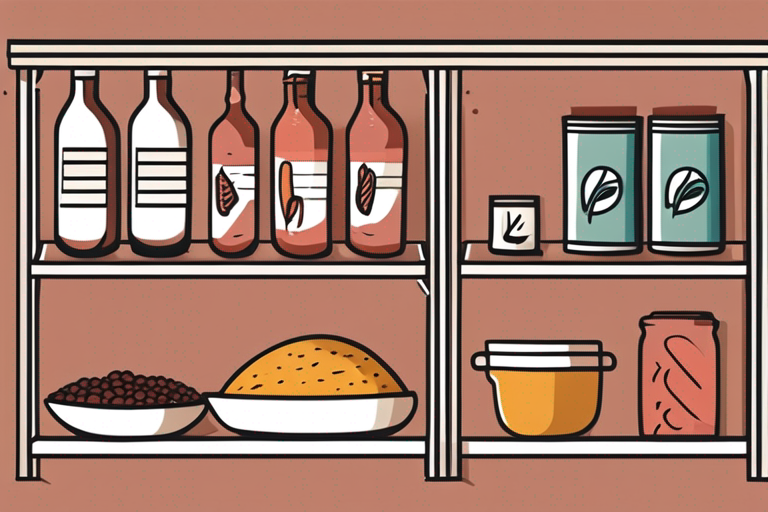
Understanding the Shelf Life of Food: A Comprehensive Guide
Get Your Free Food Safety Cheat Sheet
30 most common foods with instant answers. Print it and stick it on your fridge—completely free!
Understanding the Shelf Life of Food: A Comprehensive Guide
Have you ever wondered how long your favorite foods can last before they go bad? Understanding the shelf life of food is crucial for maintaining food safety and preventing food waste. In this guide, we will explore the factors that affect the shelf life of various foods and provide practical tips for proper storage.
Factors Affecting Shelf Life
The shelf life of food is influenced by several key factors, including:
1. Type of Food
Different types of foods have varying shelf lives. For example, fresh produce typically has a shorter shelf life compared to canned goods.
2. Storage Conditions
Proper storage is essential for extending the shelf life of food. Factors such as temperature, humidity, and exposure to light can all impact the quality and safety of food.
3. Packaging
The type of packaging used for food can also affect its shelf life. Foods that are vacuum-sealed or stored in airtight containers tend to last longer than those stored in flimsy packaging.
4. Processing Methods
The way food is processed can impact its shelf life. For example, foods that are pasteurized or canned have a longer shelf life compared to fresh foods.
Shelf Life of Common Foods
Let's take a closer look at the shelf life of some common food items:
1. Fresh Produce
- Berries: 3-7 days in the fridge
- Leafy greens: 3-5 days in the fridge
- Potatoes: 2-3 weeks in a cool, dark place
2. Dairy Products
- Milk: 5-7 days in the fridge
- Cheese: 1-2 weeks in the fridge
3. Meat and Seafood
- Chicken: 1-2 days in the fridge, 9-12 months in the freezer
- Fish: 1-2 days in the fridge, 2-6 months in the freezer
4. Dry Goods
- Rice: 6 months to 1 year in a cool, dry place
- Beans: 1-2 years in a cool, dry place
5. Canned Goods
- Soups: 2-5 years
- Vegetables: 1-2 years
Storage Tips for Extending Shelf Life
To maximize the shelf life of your food, follow these storage tips:
-
Store perishable items in the fridge: Foods like meat, dairy, and fresh produce should be stored in the refrigerator to slow down spoilage.
-
Use airtight containers: Transfer leftovers to airtight containers to prevent exposure to air and moisture.
-
Check expiration dates: Regularly check the expiration dates of foods in your pantry and fridge to ensure they are still safe to consume.
-
Rotate your stock: When restocking your pantry or fridge, move older items to the front so they are used first.
-
Label items: Use labels to indicate the date when food items were opened or stored to help you track their shelf life.
Conclusion
Understanding the shelf life of food is essential for maintaining food safety and minimizing food waste. By following proper storage guidelines and being mindful of the factors that influence shelf life, you can ensure that your food stays fresh and safe to eat. Remember to always use your best judgment and when in doubt, throw it out!

Authoritative Food Safety References
These agencies and university labs inform every tip and health precaution we publish.
USDA FoodKeeper – Cold Storage Guidelines
Official refrigerator, freezer, and pantry timelines maintained by the U.S. Department of Agriculture.
Visit USDA FoodKeeperFDA Produce Safety Rule & Grower Guidance
Field-to-fridge handling practices that prevent contamination of fruits, vegetables, and leafy greens.
Visit FDA Produce SafetyCDC Foodborne Illness Prevention Hub
Surveillance-backed guidance on pathogens, symptoms, and steps to reduce foodborne illness risk.
Visit CDC Food SafetyUC Davis Postharvest Technology Center
University research detailing optimal storage atmospheres for produce after harvest.
Visit UC Davis PostharvestPenn State Extension – Home Food Preservation & Safety
Peer-reviewed extension bulletins on safe canning, chilling, and reheating practices.
Visit Penn State ExtensionHow can I extend the shelf life of perishable foods?
How can I determine if food is still safe to eat after its expiration date?
Can I freeze food to extend its shelf life?
How can I prevent foodborne illness when storing food?
Get Your Free Food Safety Cheat Sheet
30 most common foods with instant answers. Print it and stick it on your fridge—completely free! Want more? Upgrade to the complete guide with 70+ foods.
Scan your food directly and get instant safety info using our AI-powered camera feature.